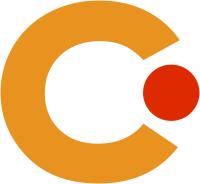Exploring Presence, Avatar Embodiment, and Body Perception with a Holographic Augmented Reality Mirror
2022 IEEE Conference on Virtual Reality and 3D User Interfaces (VR), page 350-359. (2022)DOI: 10.1109/VR51125.2022.00054
Abstract
The embodiment of avatars in virtual reality (VR) is a promising tool for enhancing the user's mental health. A great example is the treatment of body image disturbances, where eliciting a full-body illusion can help identify, visualize, and modulate persisting misperceptions. Augmented reality (AR) could complement recent advances in the field by incorporating real elements, such as the therapist or the user's real body, into therapeutic scenarios. However, research on the use of AR in this context is very sparse. Therefore, we present a holographic AR mirror system based on an optical see-through (OST) device and markerless body tracking, collect valuable qualitative feedback regarding its user experience, and compare quantitative results regarding presence, embodiment, and body weight perception to similar systems using video see-through (VST) AR and VR. For our OST AR system, a total of 27 normal-weight female participants provided predominantly positive feedback on display properties (field of view, luminosity, and transparency of virtual objects), body tracking, and the perception of the avatar’s appearance and movements. In the quantitative comparison to the VST AR and VR systems, participants reported significantly lower feelings of presence, while they estimated the body weight of the generic avatar significantly higher when using our OST AR system. For virtual body ownership and agency, we found only partially significant differences. In summary, our study shows the general applicability of OST AR in the given context offering huge potential in future therapeutic scenarios. However, the comparative evaluation between OST AR, VST AR, and VR also revealed significant differences in relevant measures. Future work is mandatory to corroborate our findings and to classify the significance in a therapeutic context.
Links and resources
Tags
community
@n.doellinger's tags highlighted


